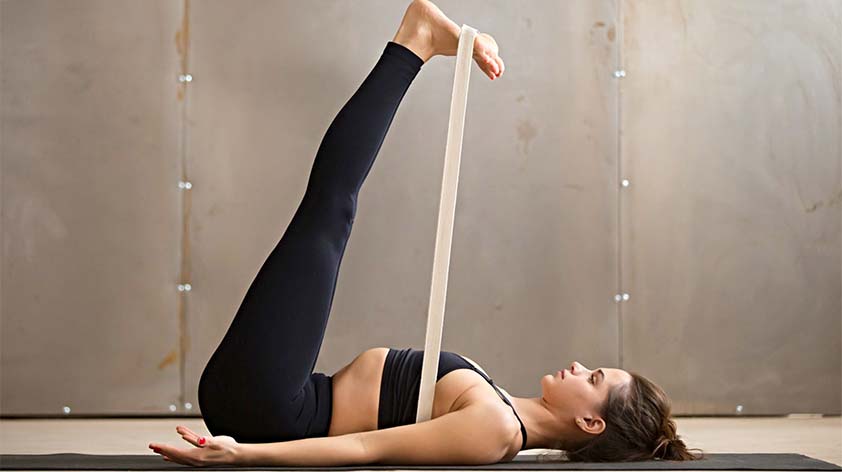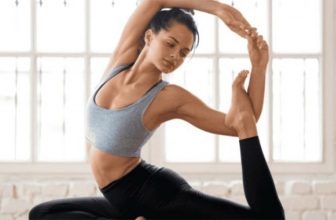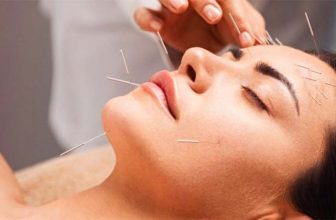
One of the most neglected parts of our physical health is stretching, but it’s just as important as regular exercise. Stretching is necessary in protecting mobility, increasing flexibility, and preventing injury. While many people believe that stretching is only for elite athletes or gymnasts, it’s something everyone can (and should) be doing on a regular basis. Starting out a new stretching routine doesn’t mean immediate flexibility will happen overnight, but assisted stretching will greatly help accelerate the process.
Proprioceptive Neuromuscular Facilitation (PNF), an advanced form of flexibility training, has proven to be the most effective stretching technique in increasing range of motion (ROM) short-term. Developed in the 1940s by Herman Kabat, a neurophysiologist, and Margaret Knott, a physical therapist, it was initially used to treat people with neurological conditions before expanding to treating those with musculoskeletal conditions. Continue on to discover PNF Stretching: How it Works and the Benefits it Offers!
Today, PNF is frequently used by physical therapists as part of rehabilitation programs. Because of its clinical effectiveness, it’s become widely popular among fitness professionals and used in mainstream gyms.
What is PNF Stretching?
Performed with a partner, PNF is a form of assisted stretching that involves active and passive muscle actions. During PNF exercises, muscles are stretched to their limit through a protective reflex that calms the muscles while preventing injuries from occurring.
PNF Stretching Techniques
Below are several PNF stretching techniques that mainly involve doing these three things: a static stretch, holding that stretch, followed by isometric contraction. Three of the most popular PNF techniques are hold-relax, contract-relax, and hold-relax-contract.
Hold-Relax
Often called a “passive stretch”, this technique involves putting a muscle in a stretched position and holding that position for about 10 seconds. The contraction takes place by gently pushing against the stretch, without actually moving the muscle, for around 5 seconds. This is also called an isometric exercise. The stretch is then relaxed, before trying the stretch again while exhaling. The goal here is to make a deeper stretch than the first one.
Contract-Relax
The contract-relax is very similar to the hold-relax technique, except that the contraction takes place while the muscle is moving. The patient or athlete contracts their muscle while the trainer puts resistance on the movement.
Hold-Relax-Contract
In this technique, the first two steps are similar to the hold-relax technique. In the third phase, the patient or athlete actively pushes into the stretch, rather than relaxing it into a passive stretch.
The Benefits of PNF
There are many documented benefits of PNF stretching compared to traditional and static stretching techniques. Here are some of the most notable improvements you can achieve.
Speedy Gains in Range of Motion
Doing PNF stretches on a daily basis is the quickest, safest way to experience increased ROM and flexibility. It helps move the needle on the distance to which your joints can comfortably move over time.
Muscle Knot Prevention
Because of its ability to effectively target specific muscle groups, PNF stretching helps prevent knots and the bodily discomfort associated with them. Through these assisted stretching exercises, muscles get the tender care they need to function at their best.
Boosted Athletic Performance
Athletes rely on PNF stretches because they vastly improve their physical and mental performance. By achieving more freedom of movement, athletic performance and confidence is significantly boosted and movement-specific sports techniques become easier to do.
Injury Prevention & Rehabilitation
PNF stretching helps elongate muscles, increases blood flow, and reduces tension. This helps prevent injuries caused through sports or intensive workouts. In the same way, it helps rebuild muscles and hasten healing and recovery after injury through safe, measured stretching techniques.
Get Assisted Stretching Today
Stretch your muscles and experience freedom of movement like never before so that you can feel better from the inside out. Book your first assisted stretching session with a professional service today.
Do you stretch out regularly as part of your fitness or daily yoga routine? Let us know in the comments below and join the conversation on Facebook, Twitter & Instagram!









